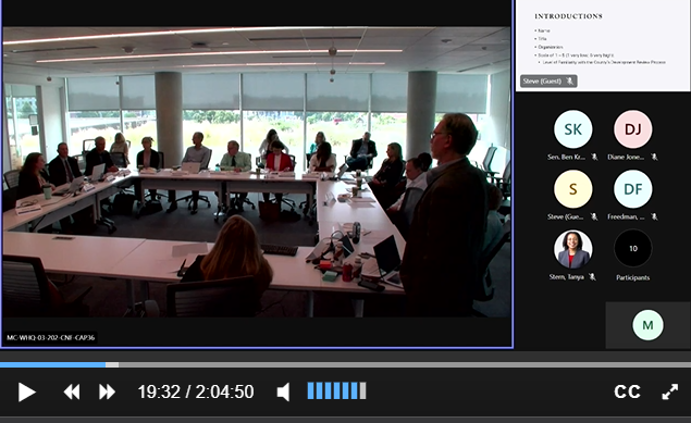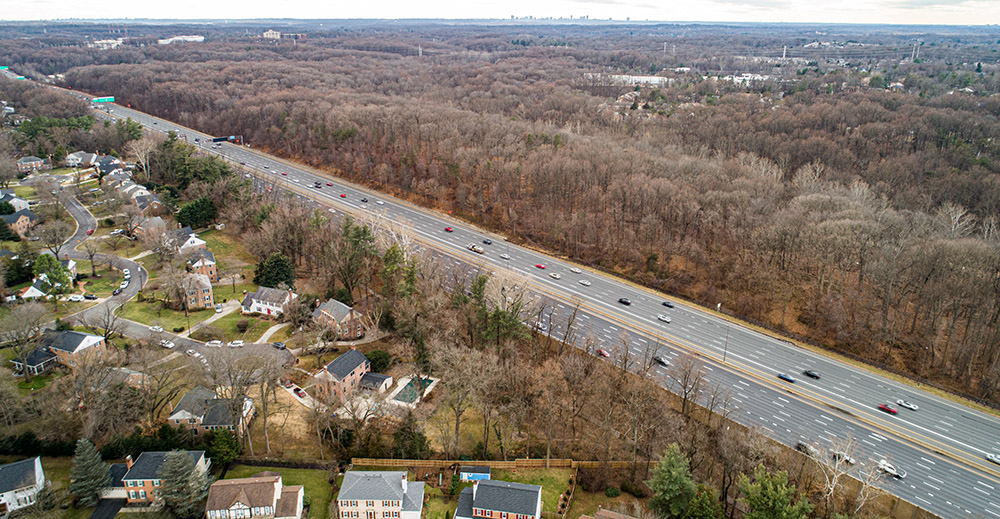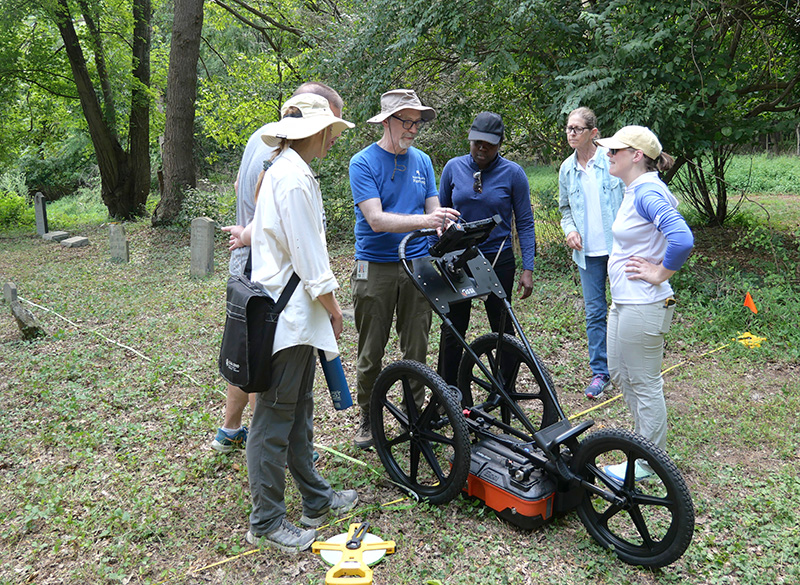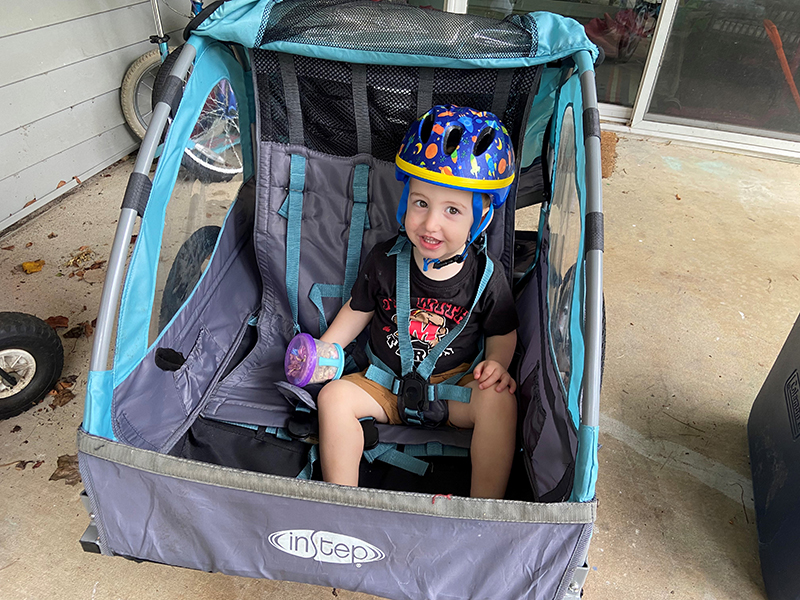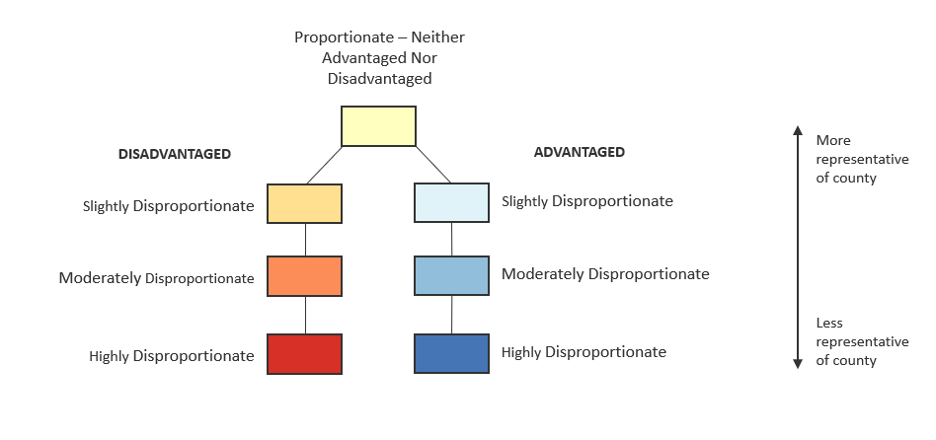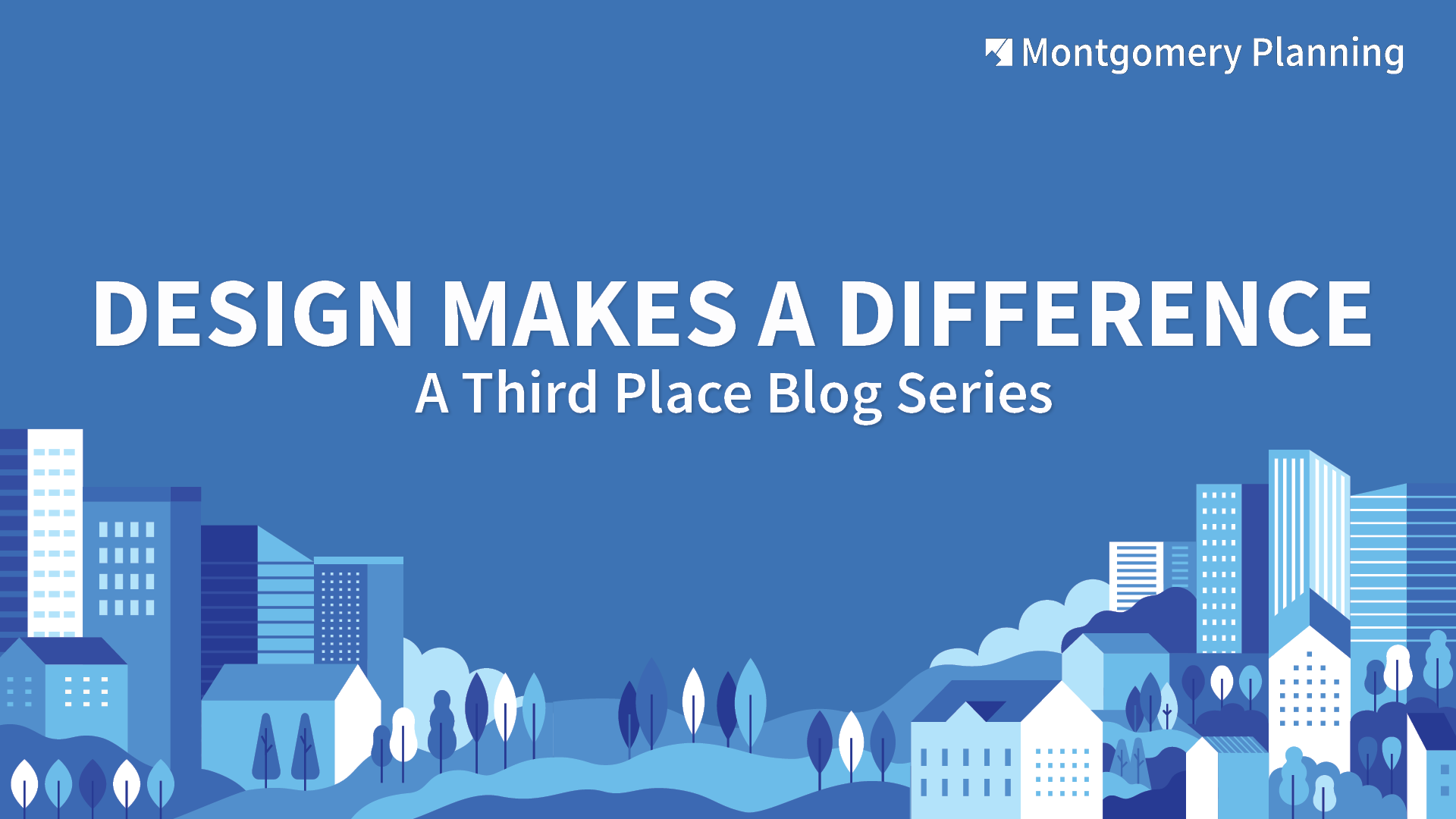
This is part of a series of Third Place blogs taking a closer look at the winners of Montgomery Planning’s 2023 Design Excellence Awards.
In the book “Urbanism in the Age of Climate Change,” one of the founders of Congress for The New Urbanism, Peter Calthorpe, defines urbanism in one of the best ways I have read:
Urbanism is a broad term defined by qualities, not quantities; by intensity, not density; by connectivity, not just location. Urbanism is always made from places that are mixed in uses, walkable, human-scaled, and diverse in population; that balance cars with transit; that reinforce local history; that are adaptable; and that support a rich public life. Urbanism can come in many forms, scales, … Continue reading
